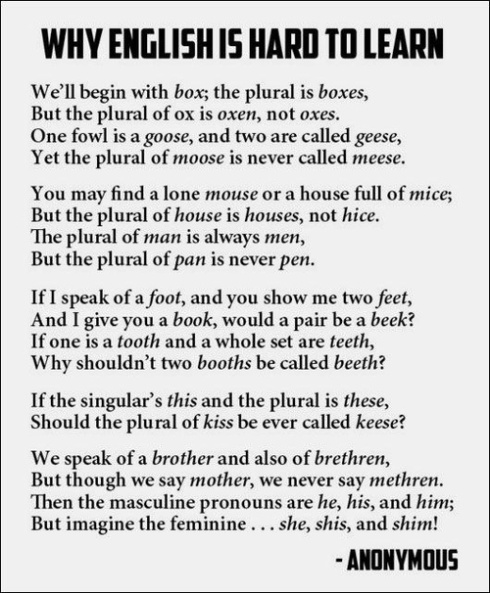‘Used to do’, ‘to be used to doing’, and ‘to get used to doing’ have different meanings. Here is a brief outline of each form:
Used to do
We use ‘used to’ for something that happened regularly in the past but no longer happens.
- I used to smoke a packet a day but I stopped two years ago.
- Ben used to travel a lot in his job but now, since his promotion, he doesn’t.
- I used to drive to work but now I take the bus.
We also use it for something that was true but no longer is.
- There used to be a cinema in the town but now there isn’t.
- She used to have really long hair but she’s had it all cut off.
- I didn’t use to like him but now I do.
To be used to doing
We use ‘to be used to doing’ to say that something is normal, not unusual.
- I’m used to living on my own. I’ve done it for quite a long time.
- Hans has lived in England for over a year so he is used to driving on the left now.
- They’ve always lived in hot countries so they aren’t used to the cold weather here.
To get used to doing
We use ‘to get used to doing’ to talk about the process of something becoming normal for us.
- I didn’t understand the accent when I first moved here but I quickly got used to it.
- She has started working nights and is still getting used to sleeping during the day.
- I have always lived in the country but now I’m beginning to get used to living in the city.


